Fudd Friday: Winchester Model 1892 - The Best Keeps Getting Better

Last I heard, the best-selling lever-action rifle in the US market, ever, was the Winchester Model 94 (it used to be the best-selling rifle of any kind, but the AR has changed that). But you could make a good argument for the Model 1892 being a much better gun, and in the 2020s, it’s arguably finally getting the respect it deserves after decades of gun owners mostly ignoring it. And it’s all for the same reason that the Model 1892 was popular in the first place: It’s a fast-shooting, robust PCC.
Classic lever-actions @ TFB:
Winchester’s winning lever guns
Winchester’s Model 1866 was chambered in .44 Henry, which was made for that gun specifically and didn’t receive widespread adoption in other firearms. The 1866 had a lot going for it; it was one of the best early repeating rifles. But the Model 1873 was a far better gun, not just because it had a much-improved action, but because the rest of the gun industry decided to start chambering their own firearms in .44-40, which was made for the Model 1873.
In an age where supply chains were far different than today, simplifying your ammunition needs made sense. A cowtown shopkeeper could sell .44-40 and have ammo for common six-shooters as well as some of the most popular rifles. Winchester’s marketeers said the Model 1873 was The Gun That Won The West, which is doubtless an exaggeration, but they sold a lot of them. Production of the first-generation rifles ended after 50 years, in 1923, at the 720,000-rifles-made mark.
That number probably would have been even higher except Winchester introduced the 1873’s stiffest competition, coming from the company’s in-house lineup, when they introduced a new pistol-caliber carbine in 1892.
The Great Model 1892
The Model 1892 was excellent because while it fired the same cartridges as the Model 1873, it used a much stronger sliding wedge locking system instead of the 1873’s more fragile toggle link action. John Browning designed the Model 1892 in a Honey-I-Shrunk-The-Kids trick, shrinking down the big-bore Model 1886 rifle into a pistol-caliber package.
This was important in the long term, as high-pressure smokeless powder cartridges came along shortly after in the mid-1890s, and the Model 1892 could handle much more powerful cartridges than the Model 1873. In the short term, this wasn’t as big a deal, which was why the 1873 hung on for another 30 years.
John Browning’s design process for the Model 1892 is legendary because of its quick turnaround time. Winchester was keen on a new rifle to compete with a rifle Marlin had just come out with. Browning told the suits that he would have a new rifle design in a month, or it would be free, and he only took two weeks’ turnaround time to build the prototype.
Of course, it helped that he was copying his own homework. But in an age where new firearm R&D can take years, seeing a gunmaker turn a design around in a matter of days, with that firearm going on to establish a reputation as an all-time great—we just don’t see that kind of innovation anymore.
A worldwide favorite
Lever guns are strictly an Americana thing today, but at its debut, Winchester sold the Model 1892 all over the world. Explorers, hunters, and even militaries bought the gun. The British used the Model 1892 to arm boarding parties and guards in World War I; the pistol-caliber chambering was not a hindrance to naval units.
A surprising number were sold up in the north; as a kid, I remember reading a book about an RCMP officer posted to the Arctic, whose experienced partner told him to bring a Model 1892 to his new posting, as it was much easier to carry and ammo was much lighter than the bolt-action .303 that they were officially issued. It seems crazy to think of going walrus hunting with a pistol-caliber rifle, but that’s what they did. Farley Mowat, who also wrote about adventures in the north, also describes purchasing .44-40 rifles at a trading post for an expedition in one of his books.
But the greatest advertisement for the Model 1892 was western entertainment. Buffalo Bill’s circus performers used them, with Annie Oakley using a smoothbore version to break glass balls with shot loads. Later, the Model 1892 became the most commonly seen lever gun in western movies, filling in as standard firepower for just about anything John Wayne filmed.
The Model 1892 today
The Model 1892 was discontinued around World War II, as Winchester’s sales dropped because of the Great Depression. Production began again in the 1970s, but it wasn’t Winchester who started the ball rolling; it was Rossi, in Brazil.
Rossi wasn’t the first company to mass-produce copies of the Model 1892. Spanish gunmakers made more than a million copies of the rifle from 1915 through 1937 under the El Tigre name—basically as many as Winchester themselves made! It served as a paramilitary arm there, and was exported to Latin America, which was probably where Rossi got the idea to make their own copy.
Winchester has sold their own new-production Model 1892 rifles on and off for the past few decades, mostly built by Miroku in Japan. But besides Rossi, other companies have also started making copies of the design. Turkish manufacturers have begun building lever guns based on the 1892 design, starting with .410 shotguns and now branching out into .357 Magnum chambering.
But the most interesting copies are the made-in-America custom, semi-custom or low production run rifles based on the Model 1892.
The greatest thing about this old lever gun is that the action is surprisingly strong; remember, it’s a scaled-down Model 1886. The Model 1892 has a forward-locking bolt that’s actually stronger than the Model 94 design. For years, gunsmiths have been hot-rodding the Model 1892; generations ago, that meant taking an original-production gun and rechambering it to .44 Magnum. Now, you can buy Model 1892 rifles over the counter in cartridges like .454 Casull or other magnum loads. Or if you really want bone-crushing power, you can get something like the Big Horn Armory Model 89, a refinement of the Model 1892 design that’s chambered in .500 S&W Magnum.
At a time when fast-shooting semi-autos run afoul of regulators and straight-wall cartridges get approved in jurisdictions that otherwise ban rifle hunting, the versatile Model 1892 is having a rebirth. The market has a wide range of options at all price ranges, including pricey full-length musket-style rifles and short, plasticky tactical carbines. It might sound crazy to think a 130-year-old rifle design would have its best days ahead of it, but sitting here in 2025, it looks like that is just what’s happening.

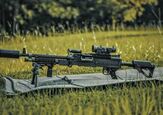
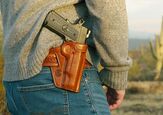
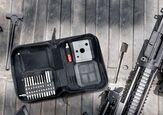








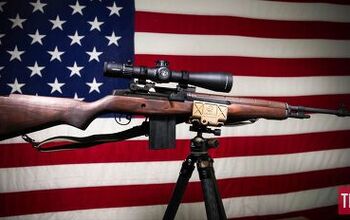


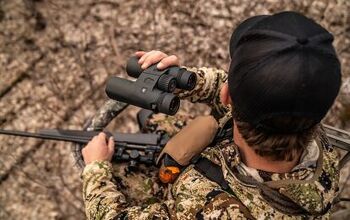

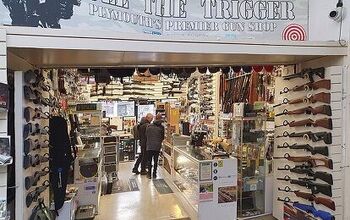
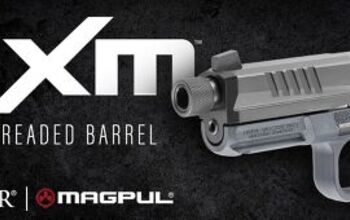


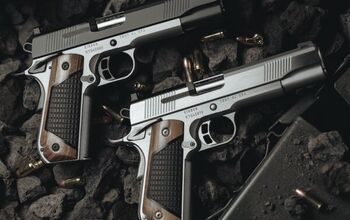

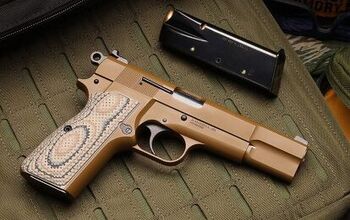
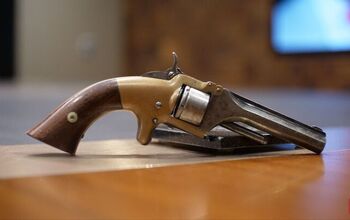
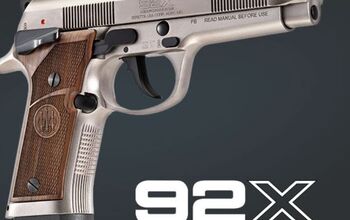
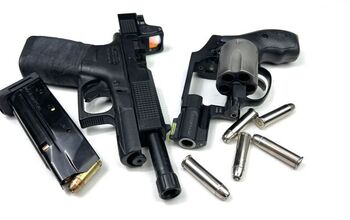


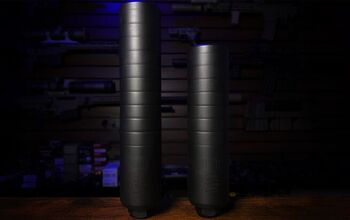
Comments
Join the conversation
The 1892 wasn’t a true high velocity, deep penetrating deer rifle like the 1894 typically chambered in .30-30. It was just a versatile anyone could shoot, low recoil and lighter rifle that could shoot a pistol cartridge. Basically the original AR-15.
P.S. The only exception was a few 92s produced between 1936-38 in .218 Bee..